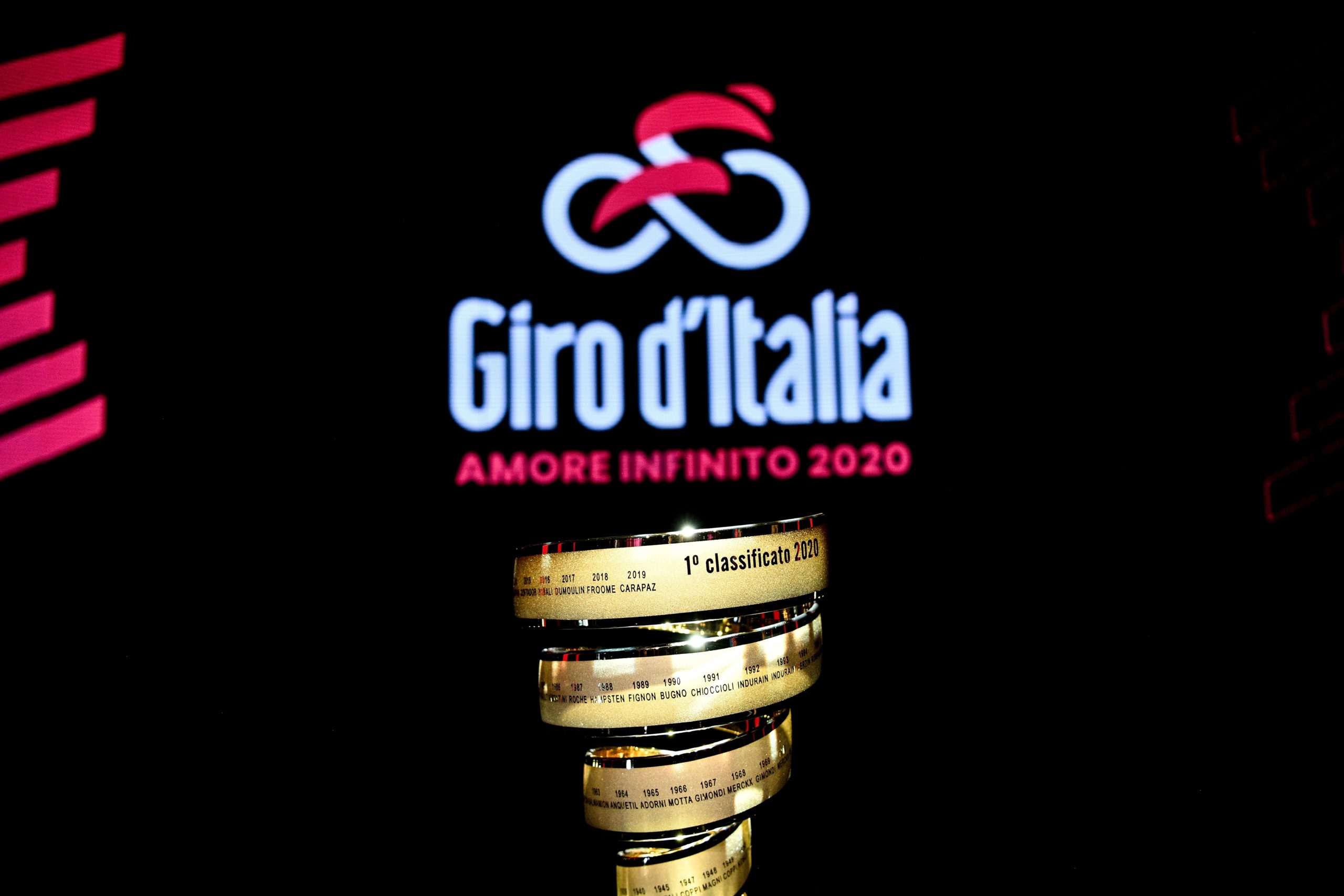Three Individual Time Trials, with a total distance of 58.8km, six stages suitable for sprinters, seven of medium difficulty and five high difficulty stages are the headline course characteristics of the 103rd edition of the Giro d’Italia. There will be seven uphill finishes, including the first Individual Time Trial in Budapest. The final stage, also an Individual Time Trial, runs from Cernusco sul Naviglio to Milan, which will host the final stage of the Corsa Rosa for the 78th time.
The Cima Coppi will be atop the 2,758-meter Stelvio. This edition’s Wine Stage will be the Individual Time Trial of the Prosecco Superiore from Conegliano to Valdobbiadene – an area that has been part of a Unesco World Heritage site since 2019.
For the first time in the history of the Corsa Rosa, a stage will start inside a military base, from Rivolto, home of the 2° Stormo dell’Aeronautica Militare (2nd Wing of the Italian Air Force). An important year for the Friulian base: 2020 will celebrate the 60th year of the PAN (Pattuglia Acrobatica Nazionale; National Acrobatic Patrol) and the Frecce Tricolori.
The stage finishing in Rimini will commemorate the great movie director Federico Fellini on the centenary of his birth. The race’s total vertical elevation measures 45,000 meters. Hungary will host the 14th start from abroad for the Giro d’Italia; the first from an Eastern European country.
Twenty-one stages will be raced, first in Hungary and then Italy, from 9 to 31 May, to crown the winner of the Giro d’Italia. They will also showcase to the world’s viewers many UNESCO World Heritage sites, along with many other beautiful aspects of the Italian land, at the stages’ starts, finishes, and along the 2020 route.
The peloton travels from Budapest with its Castle district up to Milan with Leonardo’s Cenacolo di Leonardo (Last Supper). It passes through the second Hungarian stage with Pannonhalma Abbey and then to Sicily, with the Cathedral of Monreale, the Valley of the Temples in Agrigento and Etna; and on to Puglia with the Monte Sant’Angelo and the Umbra Forest.
Then it’s Emilia Romagna, where the race will touch Ravenna; Veneto, with the site of Arquà Petrarca and the Hills of Prosecco Superiore, and finally with the uniqueness of the Dolomites (through the three regions of Veneto, Friuli Venezia Giulia and Trentino Alto Adige) that have been UNESCO World Heritage sites since 2009.







































































